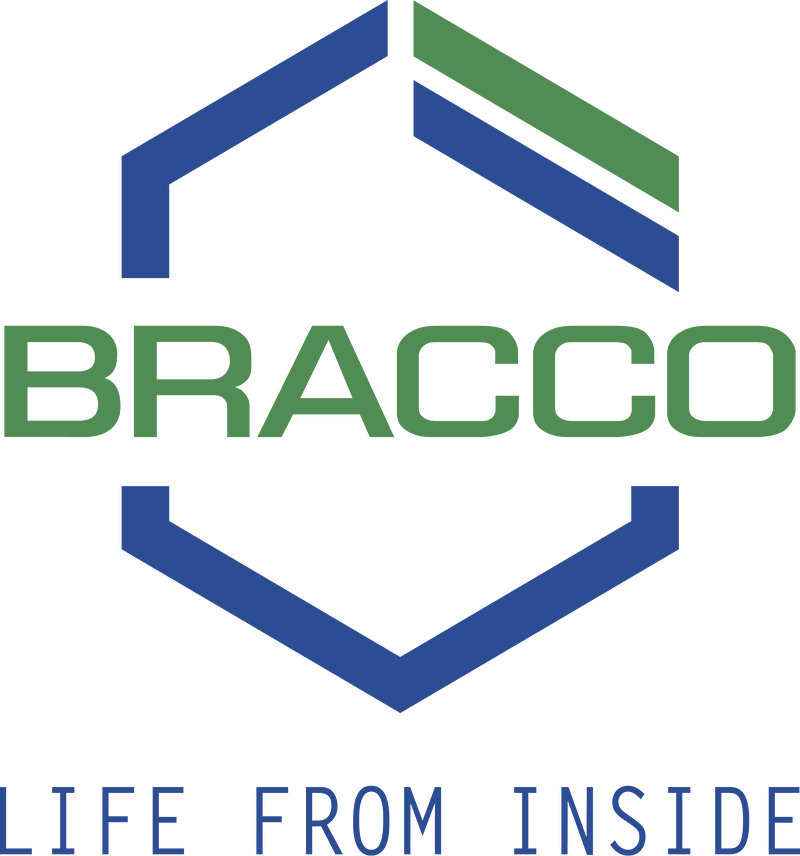Have a Question?
Documentation needed when using ultrasound guidance to access a vein or artery for an angiogram
Q.
When the doctor uses ultrasound guidance to access a vein or artery for an angiogram, the coder sometimes reports CPT® code 76937 and sometimes not. She says it depends on the documentation. What documentation is needed?
A.
CPT code 76937 requires very specific actions and documentation. While all five of the following requirements must be performed, coders should look for the documentation as noted in numbers 2, 4, and possibly 5. Documentation such as patent, narrowed, or tortuous arteries or vein(s) and visualization of needle entry to the artery or vein must be in the report. Ideally, there should be mention of images being taken and kept.
1. Ultrasound must be used to evaluate potential access sites. This may involve ultrasound evaluation of multiple areas such as left and right jugular veins or left and right common femoral arteries to see which seems most amenable to placement of the catheter.
2. The dictated report must include documentation of the patency of the artery or vein selected for entry.
3. Ultrasound must be used for real-time visualization of vascular entry. It is not appropriate to code 76937 if the vessel is seen by ultrasound and marked, but ultrasound is not used to guide the needle entry.
4. There must be documentation of the localization process in the medical record. This is usually included within the procedural report.
5. There must be permanent recording (images) of the chosen artery or vein. It is not required that the interpreting physician actually document that permanent images were recorded, however doing so may reduce or eliminate the need to provide copies of those images for an audit
